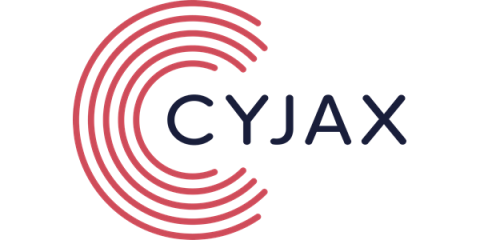How to Convert a Laravel Web App to a Mobile App
Mobile app usage is increasing, and it greatly affects the digital sector. Statista indicates that over half of the global web traffic is now from mobile devices, and eMarketer states that users are averaging 4.2 hours daily on their phones. For companies with existing Laravel web applications, moving to mobile can make apps more accessible and boost user engagement. This guide will walk you through transforming your Laravel web app into a mobile app, focusing on enhancing performance, security, and user experience.











